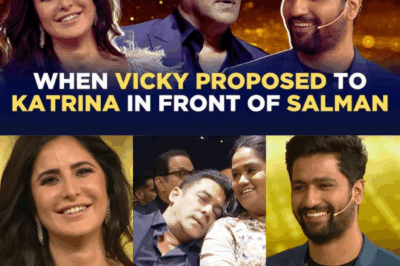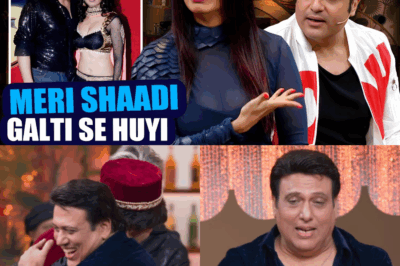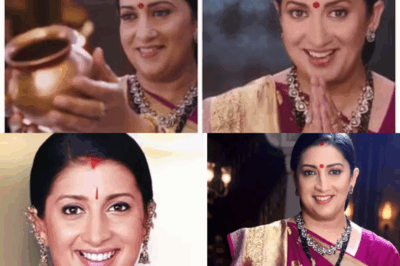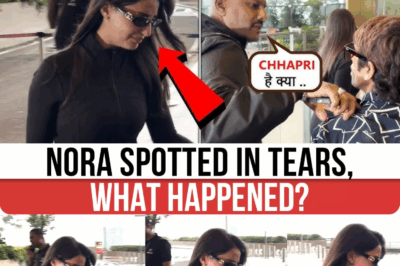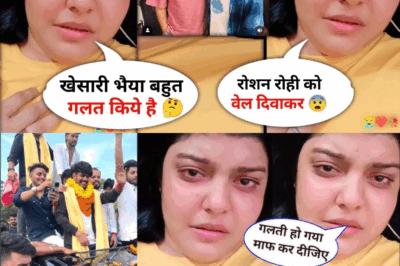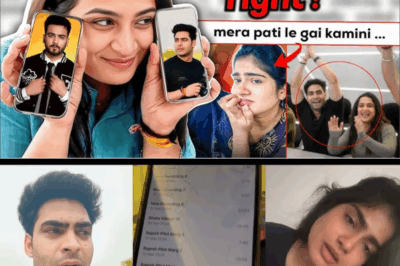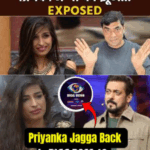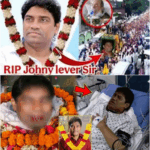Crossing All Limits for Fame: The Parul Garg Controversy and the Price of Virality
In the ever-evolving world of social media, where fame and fortune often walk hand-in-hand with controversy, the story of Parul Garg—a popular Indian makeup artist—stands out as a telling case of how the pursuit of views and followers can sometimes blur ethical lines. Recently, YouTuber DhiruMonchik released a hard-hitting roast video titled “Makeup artist Crossing All Limits for Money & Fame – Parul Garg Roast,” which has sparked a heated debate about content creation, professional boundaries, and the cost of viral success.

The Rise of Parul Garg
Parul Garg’s journey is, in many ways, inspirational. Starting from humble beginnings at Sapna Beauty Parlour, she has risen to become one of the most sought-after bridal makeup artists in India. Her skills are undeniable—her clients pay as much as ₹1 lakh to ₹1.5 lakh for a single bridal session, a testament to her reputation and talent. With millions of followers across Instagram and YouTube, Parul is a household name for many brides-to-be.
Yet, as DhiruMonchik’s roast points out, the line between professionalism and sensationalism can become dangerously thin in the age of social media.
The Roast: A Mirror to Modern Content
DhiruMonchik’s video, delivered in his signature sarcastic style, pulls no punches. He accuses Parul Garg of crossing ethical boundaries and using “cheap tricks” in her makeup tutorial videos to attract views. The roast highlights a recurring trend in her content—camera shots focusing on revealing outfits, wardrobe malfunctions, and unnecessary exposure of her clients, all in the name of engagement.
“Why show so much skin in a bridal makeup video?” DhiruMonchik asks rhetorically, echoing the discomfort of many viewers. “If nothing is supposed to be visible, why include those shots at all—especially at the very start of the video?”
He further mocks the normalization of such content, suggesting that the pursuit of virality has led to a disregard for the cultural and emotional significance of bridal moments. “In our country, a bride is seen with immense respect, especially on her wedding day. But now, these private moments are being used for Instagram views,” he laments.
The Price of Viral Fame
The criticism is not merely about aesthetics or taste. At its heart, the video raises uncomfortable questions about consent, professionalism, and the objectification of women—even by other women—in the race for likes and shares.
DhiruMonchik points out that while Parul herself always appears fully dressed and composed in her videos, her clients—brides and models—are often shown in compromising positions, their blouses slipping or their outfits being adjusted on camera. “People pay you a fortune for makeup, not to be uncomfortable or exposed on the internet,” he says.
He also highlights the hypocrisy of the situation: “If a male makeup artist did this, there would be outrage and probably an FIR. But because Parul is a woman, she gets away with it—and even profits from it.”

The Double-Edged Sword of Social Media
The roast video is peppered with jokes, but the underlying message is serious. Social media, DhiruMonchik argues, rewards sensationalism over substance. The more outrageous or provocative the content, the higher the engagement—and the greater the financial rewards.
Parul Garg, he claims, has mastered this formula: “She’s not just doing makeup; she’s creating viral moments, even if it means her clients’ discomfort becomes public entertainment.”
This, he suggests, is not just Parul’s problem, but a reflection of a broader trend in content creation. “People are willing to do anything for views—lose their shame, lose their respect, and sometimes, lose sight of what their profession is really about.”
The Impact on Clients and Culture
Perhaps the most emotional part of DhiruMonchik’s critique is his empathy for the brides and their families. “Every parent dreams of seeing their daughter as a beautiful bride. But now, that dream is being used for Instagram engagement,” he says.
He warns that parents must now be careful not just about finding a reputable makeup artist, but also about ensuring their daughters’ privacy and dignity are protected during what should be one of the most cherished moments of their lives.
“Bridal makeup is a $20 million industry in India,” he notes. “But instead of focusing on quality and respect, some are more interested in capturing obscene shots for their videos.”
The Question of Authenticity
DhiruMonchik also questions the authenticity of the looks created in these viral videos. “The real magic happens after the video—filters, lighting, editing. What you see online is not what you get in real life,” he asserts, suggesting that many clients are left disappointed when their actual appearance doesn’t match the heavily edited online version.
He accuses Parul of caring more about her camera and her viral moments than the actual service she provides. “If you spent half as much time on the makeup as you do on creating viral content, you’d be worth twice as much,” he quips.
The Broader Debate
The controversy around Parul Garg is not unique. It is emblematic of a larger debate about the ethics of influencer culture, the responsibilities of professionals, and the pressures of the digital marketplace.
Are content creators justified in pushing boundaries for engagement? Where should the line be drawn between creativity and exploitation? And, most importantly, how can we ensure that the dignity and comfort of individuals—especially those in vulnerable moments—are not sacrificed for the sake of likes and shares?
Conclusion: A Call for Reflection
As the video draws to a close, DhiruMonchik offers a tongue-in-cheek apology to Parul Garg: “If you felt bad about anything I said, I’m sorry. Actually, you should feel much worse.”
But beneath the humor lies a genuine call for introspection—not just for Parul, but for all content creators and consumers. As we scroll through endless feeds of viral videos and glamorous makeovers, it is worth asking: What are we really celebrating? Is it art, or is it just another viral moment bought at the expense of someone’s comfort and dignity?
Parul Garg’s story is a cautionary tale for the age of Instagram—a reminder that in the race for fame, it is all too easy to cross lines that should never be crossed.
News
Salman Khan’s Playful Reaction: When Vicky Kaushal Casually Proposed to Katrina Kaif
Salman Khan’s Playful Reaction: When Vicky Kaushal Casually Proposed to Katrina Kaif Bollywood has always been a treasure trove of…
Krushna Abhishek Opens Up About ‘Accidental’ Marriage, Family Ties, and Govinda Rift on The Kapil Sharma Show
Krushna Abhishek Opens Up About ‘Accidental’ Marriage, Family Ties, and Govinda Rift on The Kapil Sharma Show Renowned comedian and…
Smriti Irani’s Return as Tulsi in “Kyunki Saas Bhi Kabhi Bahu Thi 2” Sends Social Media Into a Frenzy
Smriti Irani’s Return as Tulsi in “Kyunki Saas Bhi Kabhi Bahu Thi 2” Sends Social Media Into a Frenzy After…
Nora Fatehi Spotted in Tears at Airport; Bodyguard Labels Fan ‘Chhapri’ in Viral Incident
Nora Fatehi Spotted in Tears at Airport; Bodyguard Labels Fan ‘Chhapri’ in Viral Incident Bollywood sensation Nora Fatehi, known for…
What Did Kiran Singh Say to Khesari Lal Yadav About Roshan Rohi’s Bail? Bhojpuri Industry Faces Backlash
What Did Kiran Singh Say to Khesari Lal Yadav About Roshan Rohi’s Bail? Bhojpuri Industry Faces Backlash The Bhojpuri entertainment…
Kataria Shares Honest Take on Ajju0008 and Pratibha’s Divorce Drama: Calls for Privacy and Maturity
Kataria Shares Honest Take on Ajju0008 and Pratibha’s Divorce Drama: Calls for Privacy and Maturity The Indian influencer and gaming…
End of content
No more pages to load

